A mother’s foot is amputated as a consequence of PAD. On the other side of town, a veteran is coping with the emotional effects of a prosthetic life following an above-knee amputation. In a violent assault, a young man’s artistic hand was crushed. With a fist full of wires and endurance, the artist is now able to draw again.
Mobility Transition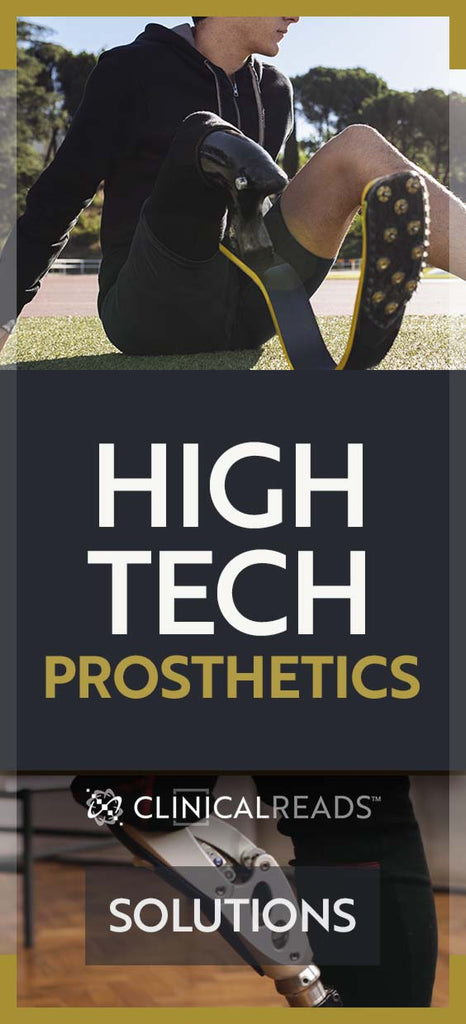

A healthy person can take movement for granted. Get up and walk. In a hurry? Sprint. Like the music? Dance. You might be out of breath but limbs function as intended without much conscious thought—until they don’t.
Imagine having to concentrate on the placement of each step. You mentally coordinate every muscle and ligament required for balance. The act of walking becomes a test of endurance.
Eating breakfast depends less on what you might have a taste for and more on how long you can stand. With a positive attitude and recognition of limitation, you cope. But then comes the news that amputation is necessary.
For any patient, news that a limb needs to be removed is met with a flood of emotions. There is a denial that the procedure is necessary. This might be followed by embarrassment over perceived disfigurement.
There is anxiety about how to carry out daily functions. And, of course, there is pain during rehabilitation. You may also experience loss of self-esteem, loss of self-confidence, and fear of social rejection. There may be questions about your body image. And there are financial hurdles.
Whatever the reason for performing an extremity amputation, do not view it as a failure. Amputation can be the treatment of choice for severe trauma, vascular disease, and tumors. Nevertheless, you will probably go through the five psychological stages of grief. This includes denial, anger, bargaining, depression, and acceptance.
You must go through this grieving process at your own pace. Some people do it in a short time, while others take several months. (The Psychological Aspects of Amputation) Apprehension is heightened among athletes and artists who depend upon their limbs as an expression of their talents.
In the United States, about 30,000–40,000 amputations occur each year. In 2005, there were an estimated 1.6 million individuals living with the loss of a limb; by 2050, this figure is expected to rise to 3.6 million.—Medscape
Chuck Close, famously known for his hyperreal portraits, was paralyzed following a rare spinal artery collapse in 1988. He adapted to painting in a different style using a brush-holding device strapped to his wrist and forearm.
Following unsuccessful attempts to save her leg, 2013 Boston Marathon bombing victim Rebekah DiMartino bravely accepted amputation. “The fact that I was given a second chance at life that day is something that I will never again take for granted. "If I have to lose my leg in that process, so be it, because I’m still here.”
Best Time For Prosthetics
Hundreds of years ago, a prosthetic leg was a peg. An artificial arm was a combination of leather and steel with an interchangeable hook or claw.
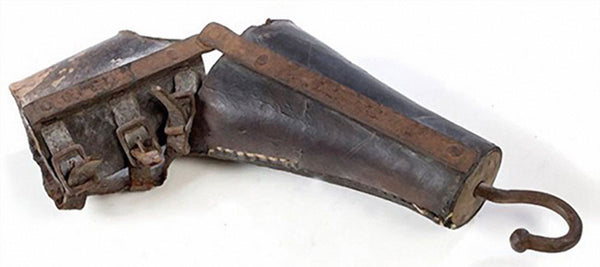
Beyond Regrets
There is nothing that totally replicates a lost human limb. It is difficult to tell whether first-year discomfort is part of the normal adjustment or if it stems from an ill-fitted device. The first prosthetic offered by your insurance company does not serve every purpose. You may become frustrated in your inability to complete tasks. The fault may lie with equipment limitation rather than a lack of competency.
🤔 I have no arms, but can stand on one leg. With the wind in my face, I navigate better than any ship captain. What am I? –Answer
Active amputees typically use multiple prosthetics. Some are purely cosmetic while others are designed to replicate specific functions. Ironman triathlete Sarah Reinertsen and runner Aimee Mullins switched to curved blades for lower limbs during athletics. The world’s first bionic pop artist Viktoria Modesta is a Latvian singer-songwriter and model with custom prosthetic legs prominently featured in her music videos.
Amy Purdy is a double-amputee American actress, model, world-class snowboarder and 2014 Paralympic bronze medalist who performed on Dancing with the Stars wearing en pointe limbs. She also danced the cha-cha during the opening ceremony for Rio 2016 Paralympic Games with blade prosthetics.
Prosthetic Covers For Aesthetics
Cosmetic covers instill confidence to wear short sleeves, pants, and dresses without totally masking amputation. They draw attention to the loss by turning it into an art form of admiration.
- Alleles produces beautiful prosthetic covers for arms and legs. Each year they create a wide variety of styles but each is custom-made for the customer. You may also commission unique designs.
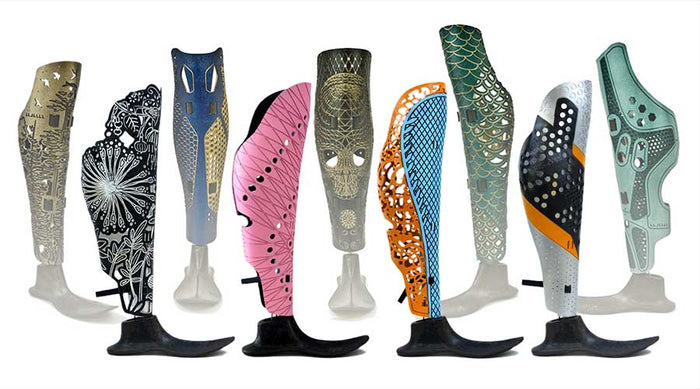
Prosthetics for Mobility
Standard or cosmetically enhanced options may suffice for moving around your house. Here are some prosthetics that enable you to participate in activities beyond the front door.
- Ottobock sells a variety of prosthetics for everything from a walk along the beach to a vigorous workout.

- Amputee Bade Runners was founded by two prosthetists, with the idea that giving someone one piece of equipment could change their life. Amputees who are at least one year post-fitting from their first prosthesis may apply for a running blade grant if they agree to complete (not run) three 5Ks (adult) or one 1-mile fun run (child).

Reality Sets In
In many social settings, a running-blade prosthetic is inappropriate. Women may wish to wear a skirt that does not sweep the floor or wear sandals that expose their feet. Mechanical hands help with many tasks but for formal outings, there may be a desire to attract less attention than Tony Stark.
- The Alternative Limb Project produces a number of products. Their lineup includes stylish prosthetic housings. They also currently make the most realistic-looking non-functional cosmetic prosthetics.
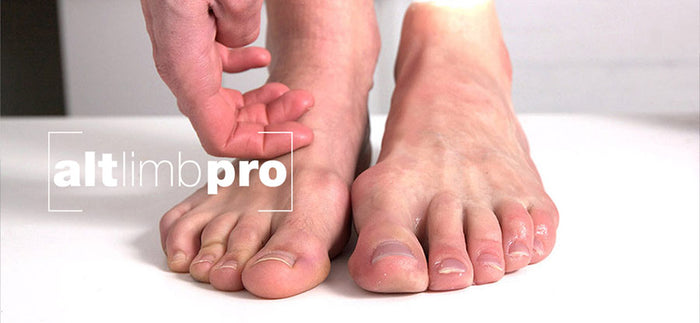
- Stamos+Braun Prothesenwerk GmbH company in conjunction with a team at Stanford University has created an artificial “skin” so lifelike that it can stretch, bend, and translate nervelike signals directly to the brain. When you lose an arm or a leg, you lose more than just the physical limb: You lose your sense of touch. The researchers, led by chemical engineer Zhenan Bao, published their work of large-area organic electronic skins with neural-integrated touch feedback for replacement limbs in the October 2015 journal Science. Within the coming years, neural interfaces offer the promise of controlling limbs with your mind.

- EBLsculpture on Etsy offers a variety of pre-made silicone prostheses in many complexions.
Unlike traditional devices, the emPOWER Ankle is the only lower limb prosthesis with powered propulsion that emulates lost muscles and mimics normal ankle movement for a natural stride. —Bionx Med
Ready To Roll
Whether you need to travel a mile or a much longer distance, walking or running may not be practical options. Did not know there are wheelchairs designed for sports like basketball and tennis? Standard insurance may cover the purchase of motorized wheelchairs. Here are some options for the more actively inclined.
- Top End Wheelchairs is a U.S. company that offers everything from everyday wheelchairs to models over $3000 designed for competitive sports.
- Wolturnus in Denmark and Germany manufactures world-class wheelchairs and handbikes that become an extension of the body.
- Mobility Works sells new and used truck and van conversions with wheelchair accessibility in the U.S.
- Wheelers offers rentable wheelchair-accessible vans in 28 states across America.
TED Talk: New Bionics Let Us Run, Climb And Dance
In the race for more natural solutions, prosthetics need not resemble the ill-fitted mannequin-like appendages of the 1940s. As technology converges with fashion and form follows function, 3D printing is allowing prosthetics to become more personable.
New bionics let amputees run, climb and dance. Remember amputation is only a disability if you allow it to limit you. Follow the ClinicalPosters Steel Life Pinterest board for links to more prosthetic advancements.
To support the writing of useful articles about disability, ClinicalPosters sells human anatomy charts, scientific posters, and other products online. You may sponsor specific articles or remit a small donation.
ClinicalPosters sells human anatomy charts, scientific posters, and other products online to offset expense of the writing useful articles about disability. Slide extra posters into DeuPair Frames without removing from the wall.
Show your support by donating, shopping for ClinicalPins, or leaving an encouraging comment to keep the research going.
To support the writing of useful articles about disability, ClinicalPosters sells human anatomy charts, scientific posters, and other products online. You may sponsor specific articles or remit a small donation.
ClinicalPosters sells human anatomy charts, scientific posters, and other products online to offset expense of the writing useful articles about disability. Slide extra posters into DeuPair Frames without removing from the wall.
ClinicalPosters sells human anatomy charts, scientific posters, and other products online. You may remit a small donation.
You can support the writing of useful articles about disability by sponsoring specific articles or remitting a small donation.


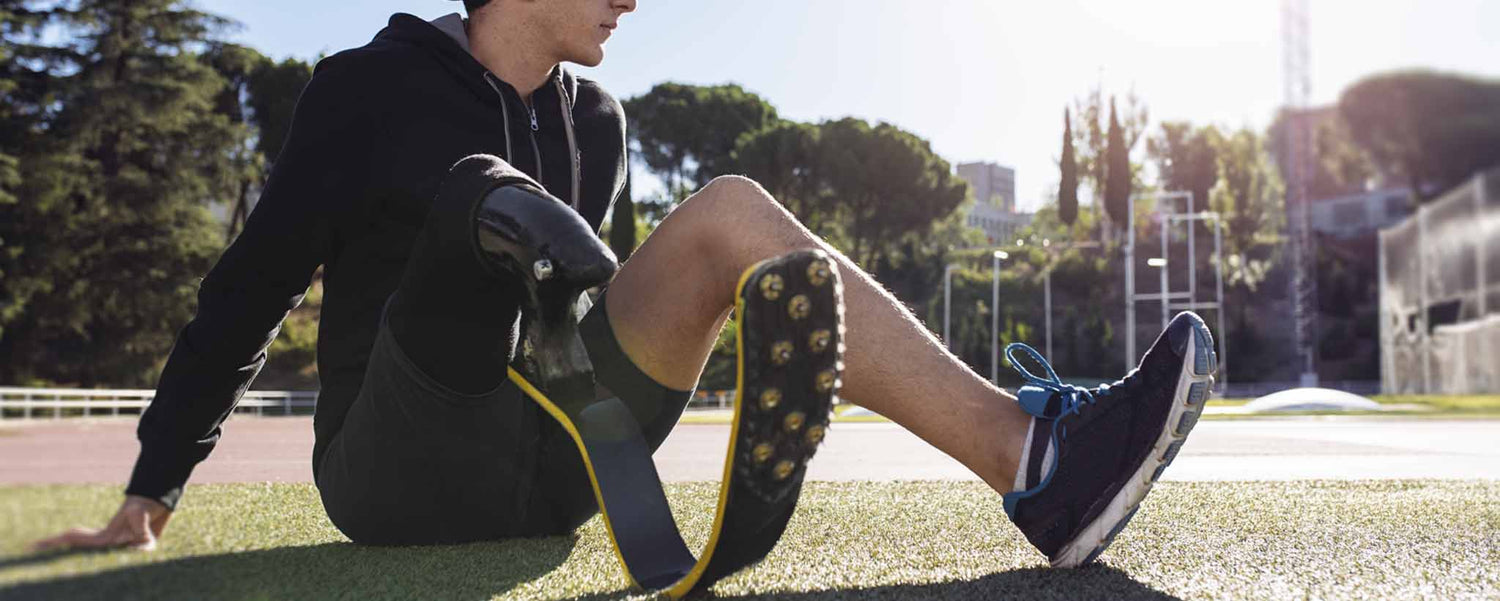






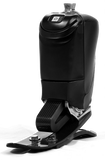 Unlike traditional devices, the emPOWER Ankle is the only lower limb prosthesis with powered propulsion that emulates lost muscles and mimics normal ankle movement for a natural stride. —
Unlike traditional devices, the emPOWER Ankle is the only lower limb prosthesis with powered propulsion that emulates lost muscles and mimics normal ankle movement for a natural stride. —

 Romance & Health Intertwine. Fall in love with a captivating romance miniseries that explores the essence of well-being. Become a ClinicalNovellas library member for heartwarming tales.
Romance & Health Intertwine. Fall in love with a captivating romance miniseries that explores the essence of well-being. Become a ClinicalNovellas library member for heartwarming tales.




